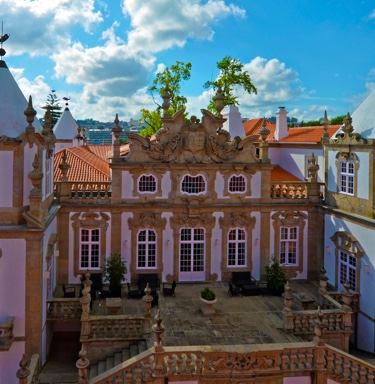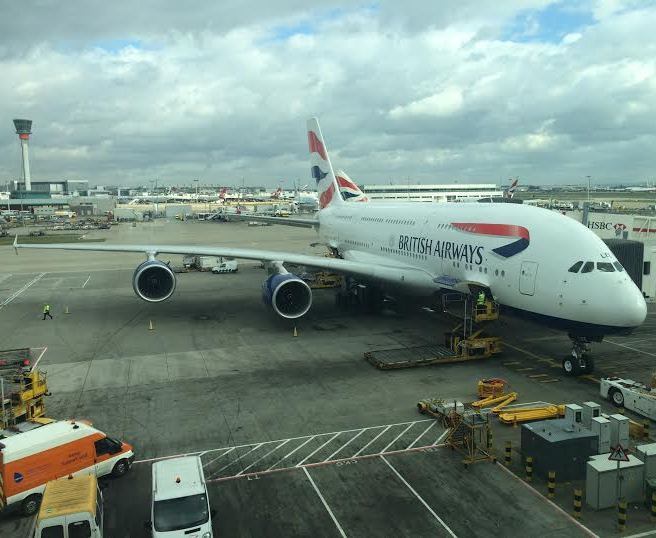Featured Posts
The History of Vodka in Poland
The next time you’re offered a shot of Polish vodka, don’t just down it.
Instead, swivel the vodka, smell it, sip it, think about the taste — and then you’ll feel like you’re a part of Polish history and culture.
Because in Poland, it’s not just “wódka.” In fact, it’s also called gorzalka, which translates to burning water. When you feel that burn in your throat or chest after taking a swig of it, you can be rest assured that it’s intended to feel that way. This spirit also has an official definition that makes it Polish. It has to be made from one of the five grains including rye, wheat, triticale, oats and barley. But it can also be made from potatoes that are grown in Poland. And its production process has to take place in Poland, apart from bottling.
But this alcohol wasn’t always just for consumption. Polish vodka dates back to the Middle Ages with the world’s first mention of the word “vodka” in 1405 recorded in Akta Grodzkie, the court documents from the Palatinate of Sandomierz in Poland. It was during this time that vodka was used to treat wounds and illnesses. It was also used to help clear acne and became an ingredient in cosmetics.
The production of vodka began on a larger scale at the end of the 16th century in Krakow. And in the 17th century, gorzalka became more popular with the first production sites established in Krakow, Poznan, Kalisz, Leczyca and Gadansk.
At the end of the 18th century, industrial production grew throughout the country, and nobility as well as clergy were producing it at mass-scale. Each major aristocratic mansion owned a distillery for making vodka as it was also a part of famous Polish parties, royal and noble feasts. When a guest arrived, he or she would be welcomed with vodka and when the guest left, there was also a shot for the road.
With more vodka production, prices dropped in the 19th century. Many peasants were purchasing vodka on credit. Propination laws had given landowners a monopoly over profits of alcohol consumed by their peasants, but the laws also meant that the peasants couldn’t purchase alcohol that was not purchased in their owner’s distillery. These propination laws were abolished in the 19th century throughout the Partitions of Poland.
The beginning of the 20th century saw a boom in flavored vodkas in Poland as they were very popular. Classic flavors included berry, pepper and hazelnut. But it was the years between the World Wars when alcohol production was one of the most developed sectors of the agricultural industry in Poland. By 1920, the revenue from vodka and spirits was so high that it became the main source of financing for Poland’s defence against the Soviet army. By 1925, vodka was monopolized by the Polish government. Due to agricultural reform, all distilleries that were privately owned were nationalized. The production of spirit was mainly located in Poznan, Bydgoszcz, and Koszalin Voivodeships.
Then in 1989, imported cheap spirit and the disorganization of the internal market caused a difficult period for distilleries. Poland had about 900 distilleries. But by the end of 2017, there were only about 84 plants left. That number is consistently dropping. And what might seem surprising is that the production process has not really changed since the 19th century.
And while Polish vodka has a long history, there’s still a big unknown — did the Russians have vodka first? These two countries are in a spirited debate over the topic of vodka and who invented it. In June 2018, Warsaw opened a Polish Museum of Vodka–10 years after Russia opened its doors to the Russian Vodka Museum.
The Polish Museum of Vodka will show you how its vodka managed to stay competitive to Russia’s by redesigns of bottles, including marketing the “w” in brands like Wodka Wyborowa. The “w” is said to be a double shot because it’s a “v” doubled and therefore a claimed, stronger vodka.
While there’s a vodka rivalry, Russians and Polish alike can be seen as equally proud of their country’s vodka and use it for traditions. For example, at Polish weddings, there’s a “Gorzka wodka” tradition, meaning bitter vodka. Before serving the first meal and later during the reception, the newlyweds may be asked to “sweeten” the vodka. In order to do this, they must kiss while their guests chant the song “Bitter Vodka.”
And with sweet traditions like that, all that’s left to be said is, “Na zdrowie!”
Learn more about Poland as Peter Greenberg is taken on a remarkable up close and personal journey through the country with Prime Minister Mateusz Morawiecki in Poland: The Royal Tour, premiering April 22 on PBS. Check local listings.












